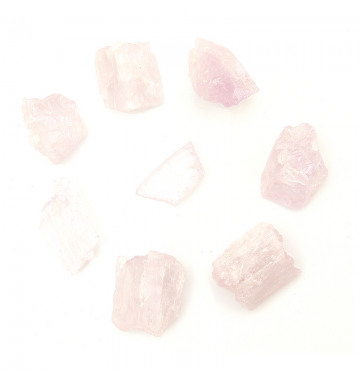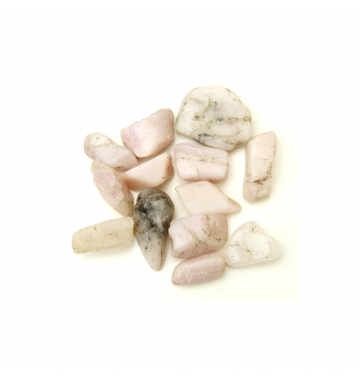- Natural
-
Exquisite Stones
- Unique Carvings
-
Gemstones ABC
-
A
- Strawberry Quartz B
- Abalone
- Actinolite quartz
- Aegirine
- Agate Group
- Ajoite (in Quartz)
- Amazonite
- Amber
- Amethyst
- Ametrine
- Ammolite
- Andalusite
- Andean Opal
- Angelite
- Anyolite
- Apache Tear
- Apatite
- Apophylite
- Aquamarine
- Aragonite
- Astrophylite
- Atlantisite
- Auralite 23
- Aventurine
- Aventurine-Feldspar
- Azurite
- Azurmalachite
- B
-
C
- D - F
- G-H-I
- H - I
- J - K
- L
- M
- N - O
- P - Q
- R
-
S
- Sapphire
- Schörl
- Foam Coral
- Selenite
- Septarian
- Seraphinite
- Serpentine (New Jade)
- Shungite
- Sphalerite
- Emerald
- Smithsonite
- Snow quartz
- Snowflake Obsidian
- Sodalite
- Spectrolite
- Spinel
- Spodumene
- Spodumene, White
- Stibnite
- Stichtite
- Staurolite Fairy Cross
- Star Rose Quartz
- Strawberry Quartz
- Stromatolite
- Sugilite
- Super 7
- Shell
- T - U
-
V - Z
- Hawk's eye
- Vanadinite
- Variscite
- Feldspar Group
- Verdelite, green Tourmaline
- Petrified Wood
- Petrified Coral (Petoskey Stone)
- Vesuvianite
- Fire Opal
- Watermelon Tourmaline
- Wavellite
- White Quartz
- White Selenite
- White spodumene
- Desert Rose
- Starfish
- Zincite
- Zircon
- Zoisite Group
- Aventurine-Feldspar
- Black tourmaline
- Sulphur
- Other Gemstones
-
A
- Gems per Sizes
- Gem Sets
-
Jewelry
- Goud, Zilver & Rvs
- Necklaces
- Pendants
- Bracelets
- Earrings
-
Rings per size
- 3.5 / G
- 4 / H
- 4.5 / J
- 5 / J 1/2
- 5.5 / L
- 5 ¾ / L ½
- 6 / M
- 6.5 / N
- 7 / O
- 7.5 / O ½
- 7.5 / P
- 8 / Q
- 8.5 / Q-Q1/2
- 9 / R 1/2 - S 1/2
- 9 ¼ / S ½
- 9.5 / S 1/2 - T
- 10 / T½
- 10-10.5 / T 1/2 - V
- 10.5 / V
- 11 / V 1/2 - W
- 11 / W
- 12
- 12 / Y
- 12.5 - 13 / Y 1/2 - Z+1
- 13.5 / Z+1 - Z+2
- 13 3/4 - 14 / Z+21/2 - Z+3
- one size fits all
- Stainless Steel
- Without silver
- GemJudith Jewelry
Pyroxene
Pyroxene
Pyroxene is derived from the Ancient Greek πῦρ, pur and ξένος, xenos ("fire" and "strange"). This name was given in 1796 by Rene Just Haüy. This is due to the occurrence in volcanic lavas where pyroxenes are sometimes embedded as crystals in the surrounding volcanic glass.
It was supposed to be imperfections in the glass, hence the name "fire strangers". However, they are early-forming minerals that according to the Bowen reaction series have already crystallized before the magma reaches the surface of the earth (and from then on is called lava). In this way the pyroxene crystals "float" in the melt that forms the volcanic glass, or obsidian by rapid cooling.
Data
| Formula | (NaCa) (Mg, Fe, Al) (Al, Si) 2O6 |
| Color | Usually dark green, dark brown or black, some variétés are white - light green |
| Gloss | Glassy of Metallic |
| Hardness | 5.5 |
| Specific Gravity | 3.2 to 3.5 This is average, the specific weight increases with the iron content |
| Crystal System | Monoclinic, Orthorhombic |
| Transparency | |
| Location | Pyroxene occurs in all mafic igneous rocks, in mantle rocks such as peridotite and serpentinite. |
Pyroxene is an important silicate group in magmatic and metamorphic rocks. Characteristic is a structure of some silica chains in tetrahedra; inosilicate. According to the crystal system, there are two types of Pyroxenes:
Clinopyroxenes: crystallize in the monoclinic system and Orthopyroxenes: crystallize in the orthorhombic system.
The Pyroxene Group includes: Diopside, Jadeite, Enstation & Spodumene
If in stock you will find my collection of Raw Gemstones within this group below.
Are you looking for cut Gemstones from the Pyroxene Group then look at PYROXEN GROUP
Active filters




